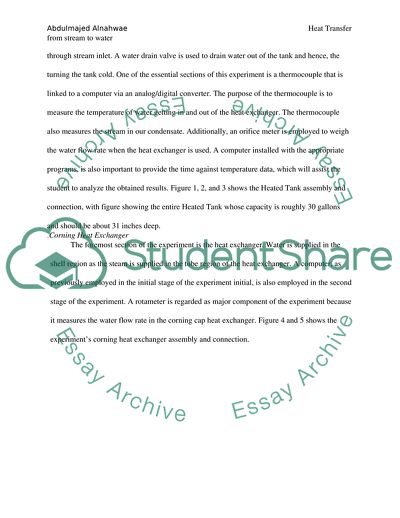Cite this document
(Heat Transfer from Stream to Water Research Paper Example | Topics and Well Written Essays - 1500 words, n.d.)
Heat Transfer from Stream to Water Research Paper Example | Topics and Well Written Essays - 1500 words. https://studentshare.org/engineering-and-construction/1853643-heat-transfer-lab
Heat Transfer from Stream to Water Research Paper Example | Topics and Well Written Essays - 1500 words. https://studentshare.org/engineering-and-construction/1853643-heat-transfer-lab
(Heat Transfer from Stream to Water Research Paper Example | Topics and Well Written Essays - 1500 Words)
Heat Transfer from Stream to Water Research Paper Example | Topics and Well Written Essays - 1500 Words. https://studentshare.org/engineering-and-construction/1853643-heat-transfer-lab.
Heat Transfer from Stream to Water Research Paper Example | Topics and Well Written Essays - 1500 Words. https://studentshare.org/engineering-and-construction/1853643-heat-transfer-lab.
“Heat Transfer from Stream to Water Research Paper Example | Topics and Well Written Essays - 1500 Words”. https://studentshare.org/engineering-and-construction/1853643-heat-transfer-lab.


